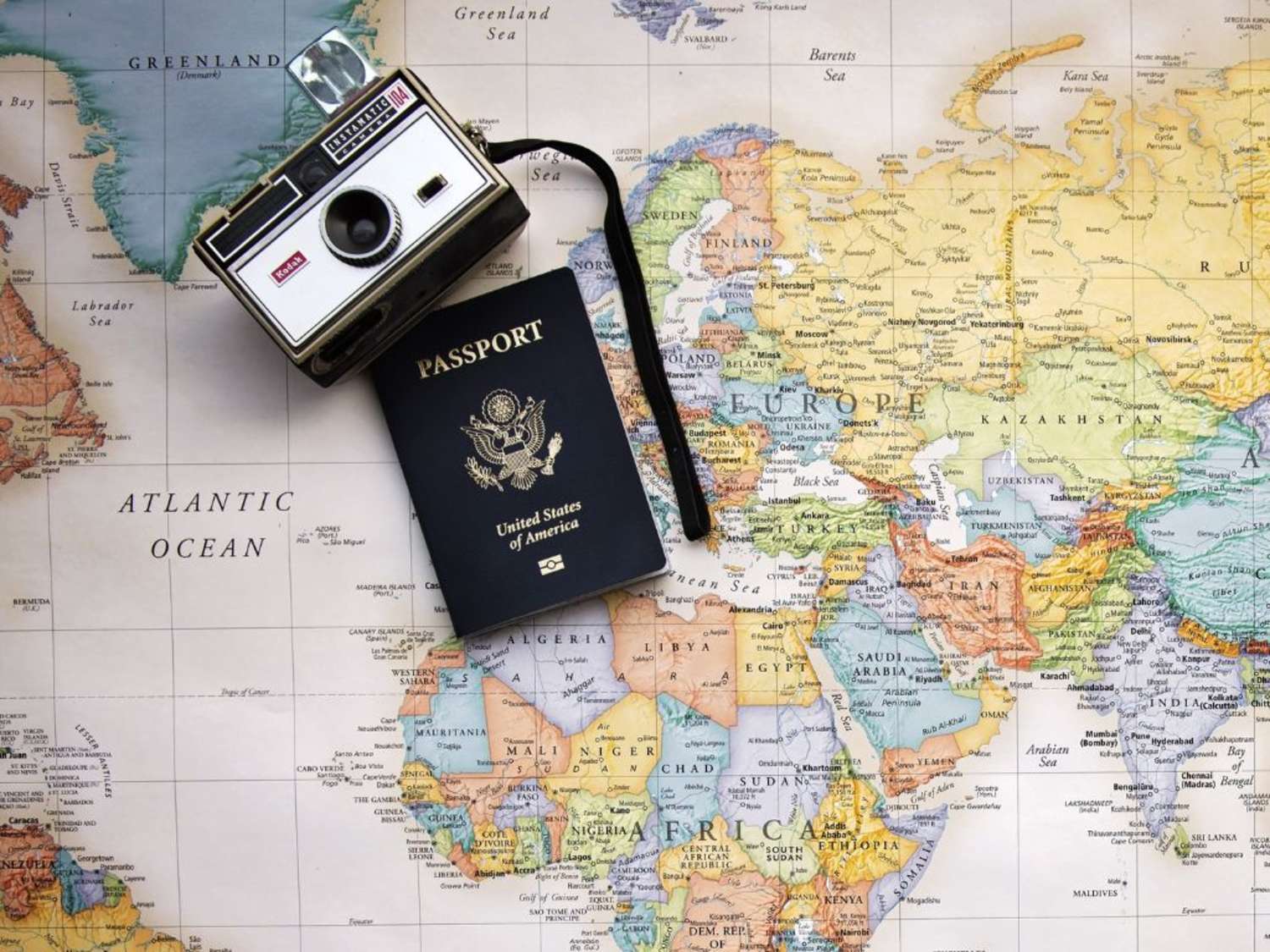Traveling to Europe has always been a dream for many, with iconic landmarks, rich history, and diverse cultures attracting millions of tourists each year. However, a significant change is on the horizon that will impact how Americans and 1.4 billion other people travel to the Schengen area of Europe.
Starting sometime in 2025, the European Travel Information and Authorisation System (ETIAS) will require travelers from once visa-exempt countries, including United States citizens, to apply for a visa and pay a small fee. In this blog post, we will explore the reasons behind this change, the impact on travelers, and how to navigate the new visa requirements.
The Need for Increased Security:
To streamline the entry process and enhance security, the European Union has introduced the European Travel Information and Authorization System (ETIAS). This innovative system aims to simplify the process for travelers from visa-exempt countries, including the United States, by requiring them to obtain an ETIAS authorization before visiting any of the Schengen Area countries.
The ETIAS authorization is not a full visa but serves as a pre-screening process that ensures travelers pose no security risks. It's a cost-effective and efficient way to facilitate travel while maintaining safety standards. To obtain an ETIAS, you have the option to complete the application form on the official ETIAS website or utilize the mobile application. The application fee is $7.79, although certain travelers might qualify for an exemption from this charge.
The ETIAS Journey:
ETIAS was approved in 2016, with the initial launch scheduled for 2022. However, a series of roadblocks, including the pandemic and infrastructure challenges, led to delays. Although the exact date for the implementation of ETIAS in 2025 is yet to be confirmed, it is essential for Context travelers to stay informed and prepare for the upcoming changes.
Impact on American and British Tourists:
Americans and British travelers have long enjoyed the privilege of visa-free entry to the Schengen area. However, with the introduction of ETIAS, they will now need to apply for a visa in advance. While this may seem like an inconvenience, the process is designed to be user-friendly and efficient.
The new Visa system will allow qualifying individuals to stay in participating countries for up to 90 days within a 180-day period. Additionally, it will address whether the visa is a single-entry or multiple-entry permit and what it means for travelers' itineraries.
Preparing for the Change:
To help travelers adapt to the new visa requirements smoothly, we’ve compiled a list of resources you’ll need in order to prepare for your future travels. This resources list will include a step-by-step guide on applying for the ETIAS visa – highlighting essential documents, expected processing times, and potential costs.
- Americans' Visa Requirement Changes for Travel to Europe (Source: CN Traveler)
- Introducing ETIAS: Enhancing European Travel Experiences (Source: Travel Europe)
- Staying Informed: Europe Visa Requirements for 2024 (Source: Forbes Advisor)
For those planning a European getaway in 2025 and beyond, understanding the updated visa requirements is crucial. The European travel landscape is evolving, and staying informed about the latest regulations can help you avoid last-minute surprises. Depending on your nationality and the purpose of your visit, you may need to secure a Schengen visa, a national visa, or an ETIAS authorization. Researching and preparing for these requirements well in advance can ensure a smooth and stress-free travel experience.
Key Takeaways
As the European Travel Information and Authorisation System (ETIAS) rolls out in 2025, it is essential for travelers, especially Americans and British tourists, to familiarize themselves with the new visa requirements. While the change may mark the end of visa-free travel to the Schengen area, the enhanced security and visa process aims to make traveling to Europe safer and more streamlined. By staying informed and adequately preparing for the transition, travelers can continue to experience the wonders of Europe without any unnecessary hassles.













